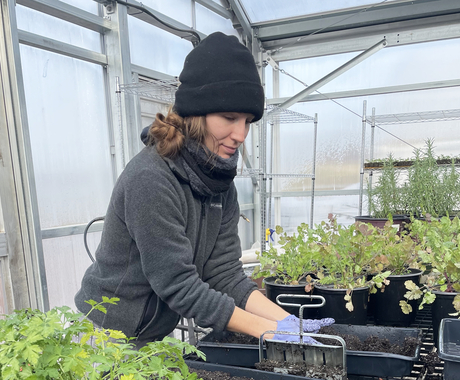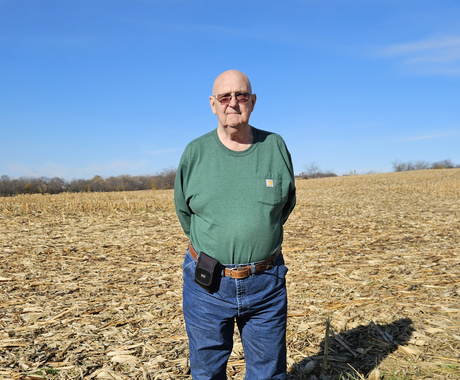About six years ago, Nebraska farmers Ruth Ready and her husband Sid stopped into their local Farm Service Agency (FSA) office to ask about loan programs and opportunities.
While there, Ruth was presented with an altogether different opportunity.
“They were looking for someone from my area to run for the FSA committee,” she said. “I did, was elected, and started on the board the following January.”
Committee members help deliver FSA farm programs at a local level. Elected by local farmers and ranchers, their job is to make FSA agricultural programs serve the needs of their local producers. They oversee such programs as the Conservation Reserve Program and the CRP Transition Incentives Program and farm loan programs, among others.
“We make sure the policy is applied fairly, that sort of thing,” Ruth said. “Basically, we’re the people who are supposed to know what’s going on out in the county.”
The Committee is also responsible for hiring the FSA county executive director, and meets with them at least once per year. County executive directors generally depend on committee members to keep them up-to-date on what’s going on in the areas they represent.
“When we implemented the Livestock Indemnity Program, we helped our executive director understand how a disaster happened for the farmers who were applying,” Ruth said. “For example, we had a flash flood in one area, and a producer lost a lot of livestock. The executive director didn’t quite understand how it happened.”
Ruth, and others who lived adjacent to the person, explained that the area received five inches of rain in two hours which caused the flash flood.
“They (the County Executive Director) just can’t know otherwise,” she said. In that case, “we told the executive director, ‘they're not taking advantage and it’s not poor management.’ We hope to apply common sense to one-size-fits-all rules.”
USDA finalized rules in 2012 that required that the composition of FSA county committees fairly represent the local producer population, including socially-disadvantaged producers. Nationally, these groups include women, African Americans, American Indians, Alaska Natives, Hispanics, Asian Americans, and Pacific Islanders. As a woman, Ruth’s service with her local FSA committee helps ensure that her local farming population is fairly represented.
But Ruth’s decision to serve came from her family history. Ruth’s father had also served on the county committee several years ago, when FSA was still called the Agricultural Stabilization and Conservation Service (ASCS). After watching her father serve, it was an easy decision for Ruth to step up.
Through her experiences with the FSA - her family history, utilizing the services for herself and her husband, and through being a committee member - Ruth encourages others to run for the committee.
“If you’re interested in being elected, talk to your local office and tell them you’ve heard about it and want to be a part of it,” she said. “People don’t always know that this thing exists, especially if they’re new to working with FSA. I had the experience of my father serving and understood the commitment.”
The nomination period to run for an FSA county committee began June 15 and runs through Aug. 1, 2017. To nominate someone, or if you would like to get involved, visit your local FSA office or go to http://www.fsa.usda.gov/elections to obtain a nomination form and learn more about upcoming deadlines.
Voting will take place from Nov. 6 to Dec. 4, 2017. Voting is important for all farmers and ranchers, whether you have large or small operations. Your input is pivotal in deciding who communicates with and has a direct link between rural farm communities and the U.S. Department of Agriculture.
Policy Associate Anna Johnson contributed to this story.





